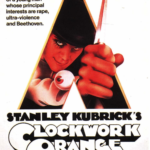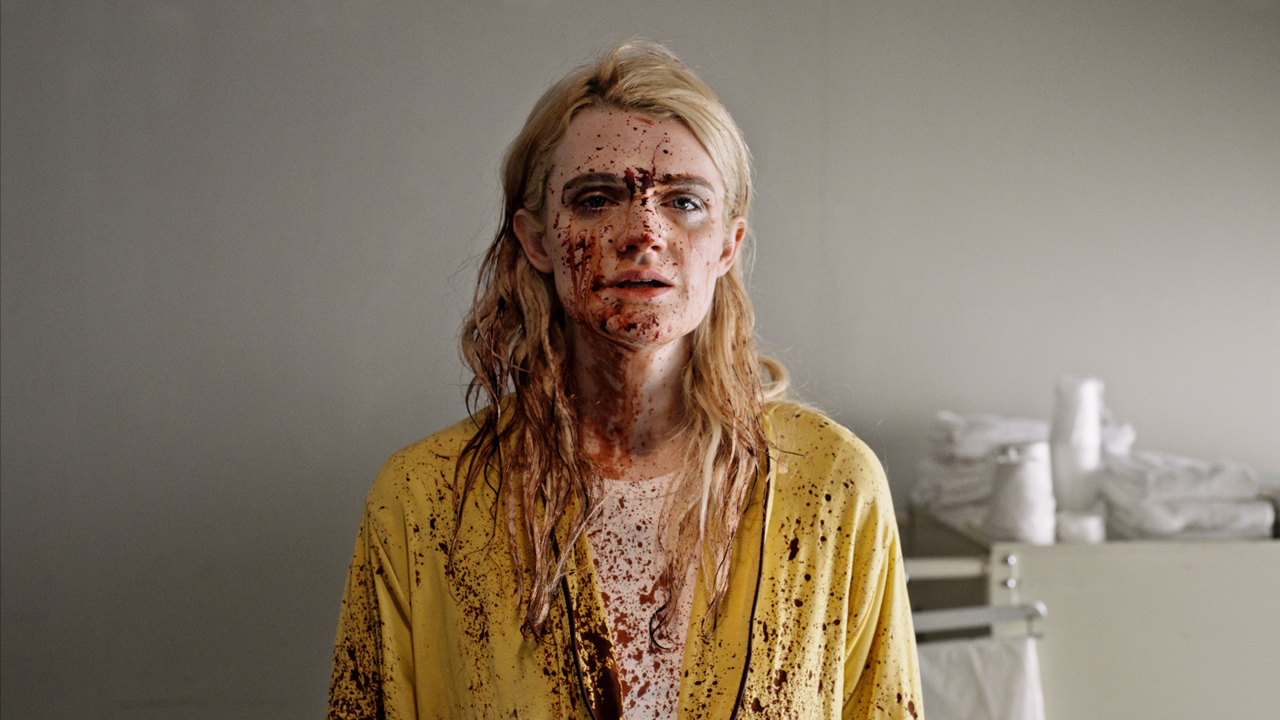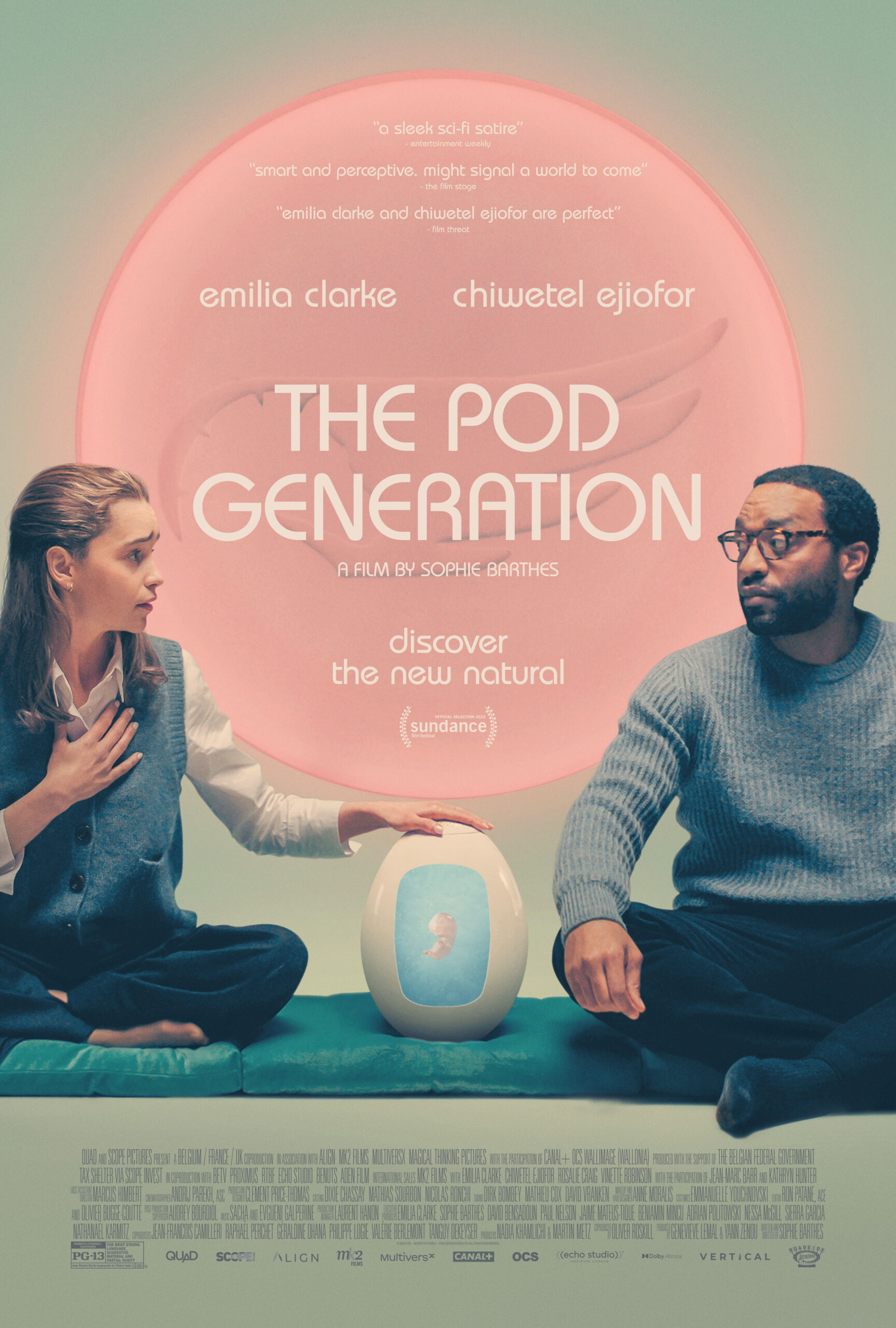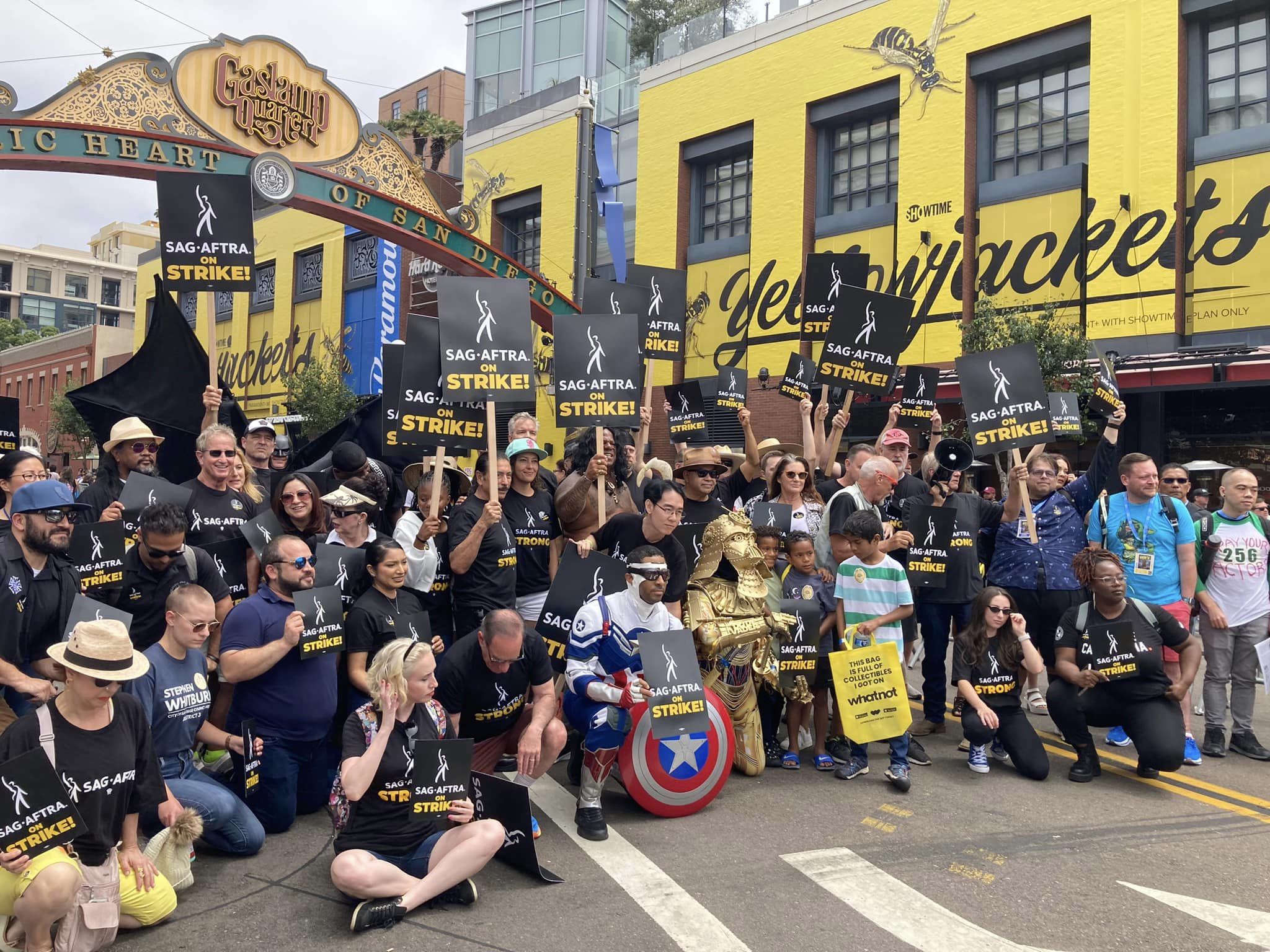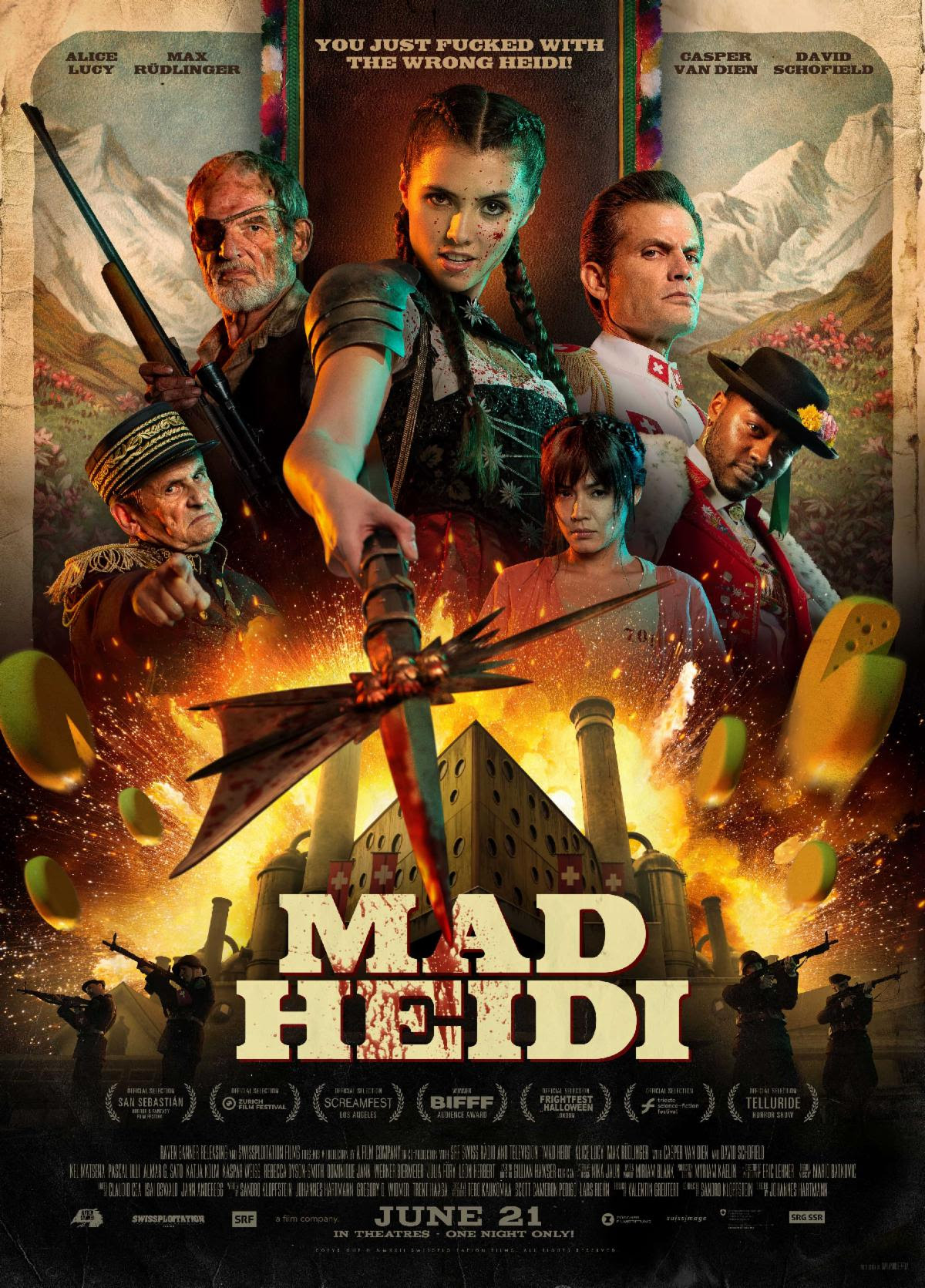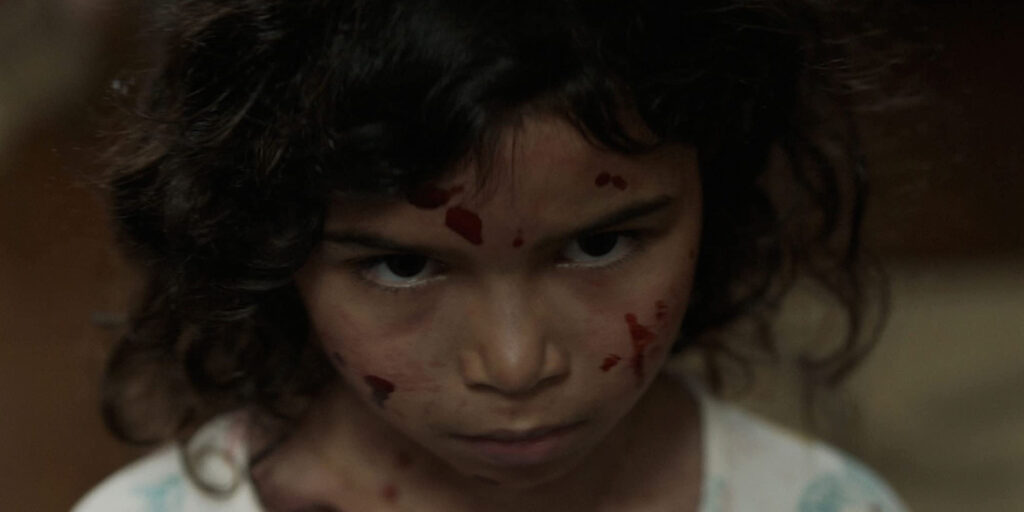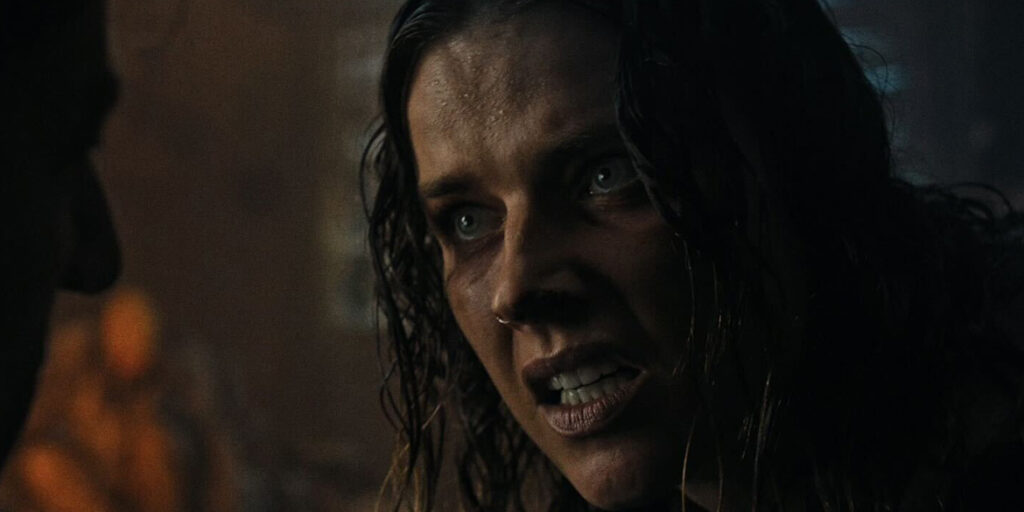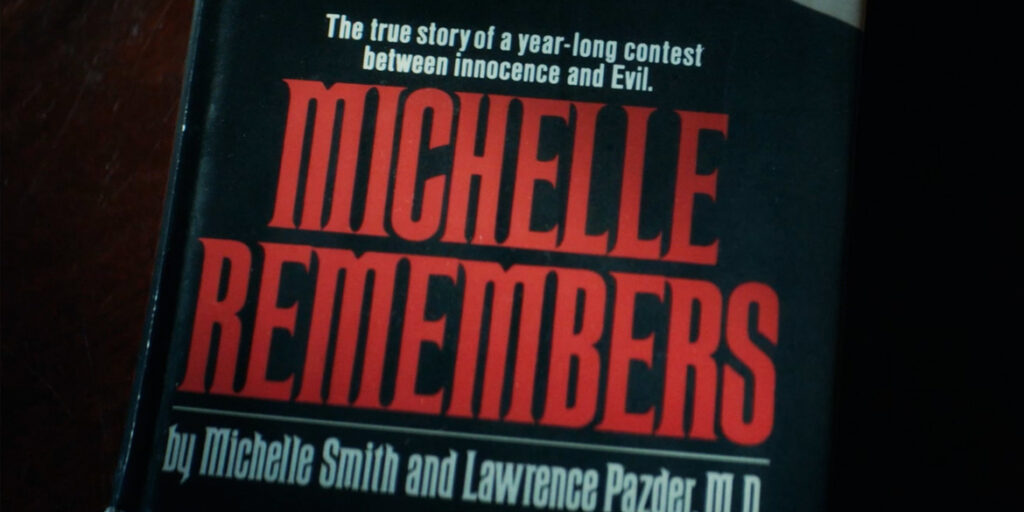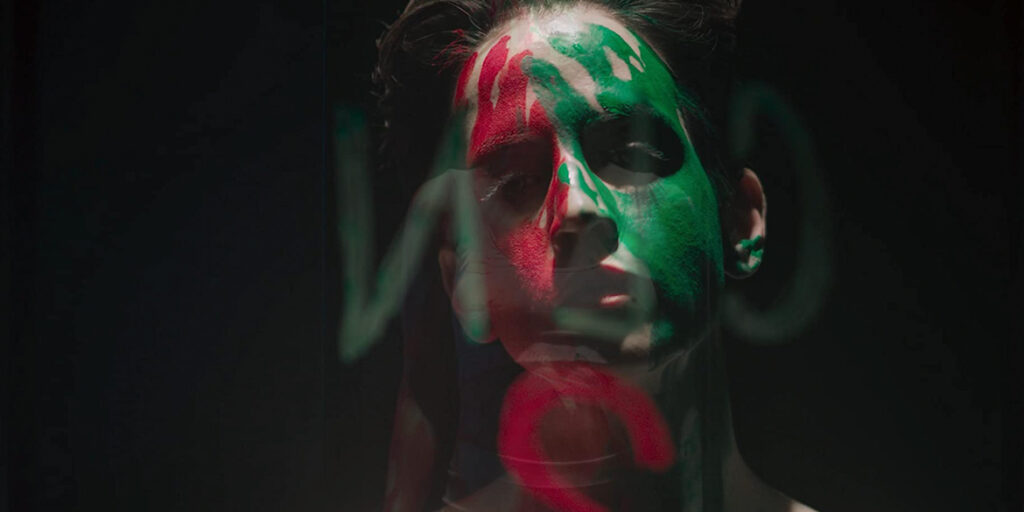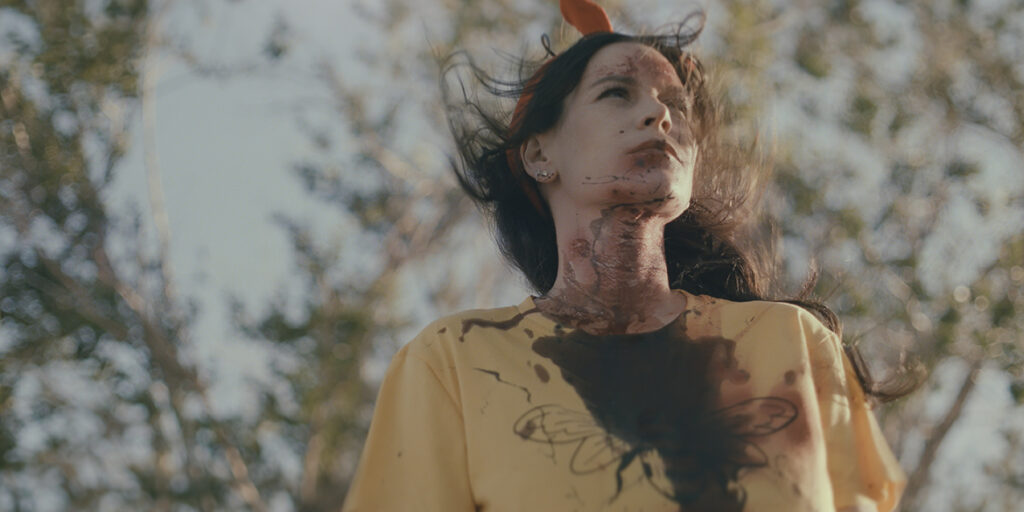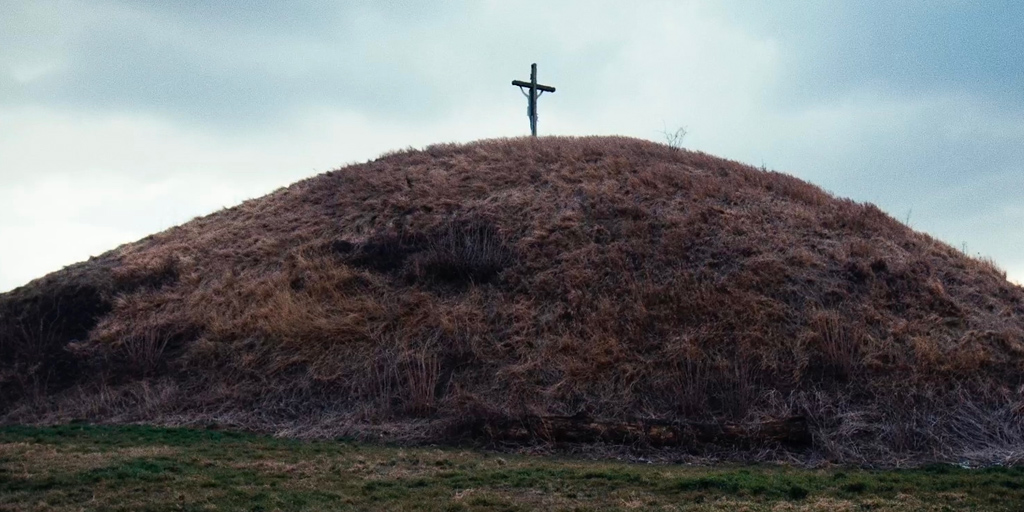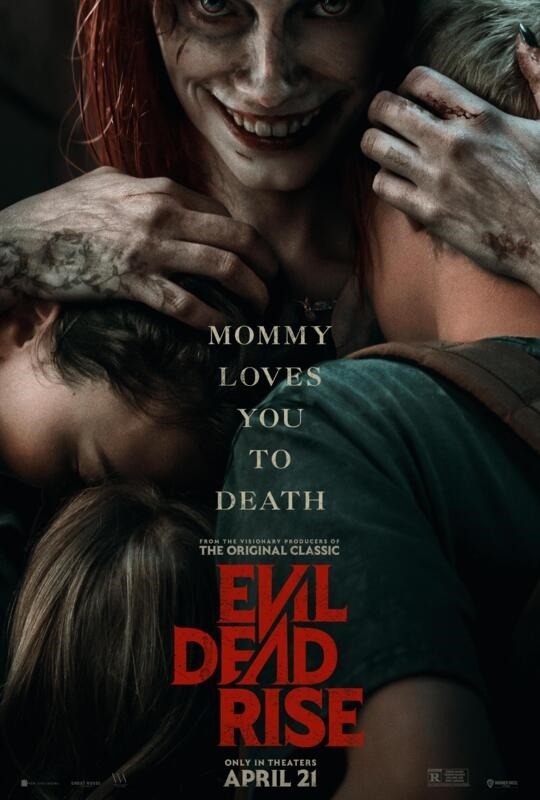Starring: Gayle Rankin, Hari Nef, Rad Pereira and Annabelle Dexter-Jones
Directed by: Stewart Thorndike
Rated: NR
Running Time: 83 minutes
Shudder
Our Score: 2 out of 5 Stars
I’m generally wary of movies that get compared to great films. Enter “Bad Things,” which bills itself as a female-version of “The Shining.” The early reviews reference how similar in vein it is to Kubrick’s 1980 film. So, I guess I’ll be the proverbial turd in the punch bowl by saying that, yes, it is similar to “The Shining” in a lot of ways, mainly visuals and hotel specters, but that’s about it since it’s far from being a horror classic, much less a horror film I can even recommend.
Ruthie (Gayle Rankin) has inherited her grandmother’s closed and aging hotel, somewhere in New England (most likely). Ruthie is just looking to sell the mid-century modern hotel because of bad childhood memories involving her mother, but Ruthie’s girlfriend Cal (Hari Nef) doesn’t quite see it like that. Cal sees an exciting business opportunity and organizes a girl’s week, inviting two pals, Maddie (Rad Pereira) and Fran (Annabelle Dexter-Jones). So, for the next 80ish minutes, we’ll be treated to gossip about a potential love rectangle between the four ladies, rumors of the hotel being haunted, and visuals that may or may not be real.
The film’s brief runtime and the hope that there’s a decent payoff kept me engaged throughout most of “Bad Things,” even if I found myself wondering what the purpose of any of it was. Cal seems so focused on reopening the hotel, but never really articulates why, which becomes annoying as Ruthie’s mental health declines as she’s constantly reminded about her mother’s parental shortcomings. If Cal was an actual caring partner to Ruthie, you’d think she’d drop the whole idea, much less convince her to have a gal pal weekend in it. As for Maddie and Fran, it seems like there’s skeletons in their closet when it comes to their prior relationships to Ruthie and Cal. It’s almost as if Cal has intentionally planned a weekend to sabotage her own relationship or is that willfully ignorant of other people’s emotions.
References to “The Shining” are sprinkled throughout, but never really feel like an homage or slice of true terror, coming off more like a cringy wink at the camera. The worst moment is when one of the characters sees ghosts eating breakfast in the hotel’s dining area, much like Wendy Torrance encountering a ghoulish party in the final act of “The Shining.” It doesn’t help that, unlike “The Shining,” the girls can leave at any time and are literally a block away from a strip mall. The isolationism that’s perfectly encompassed in Kubrick’s film is nowhere in sight of “Bad Things.”
Despite my frustrations, I was never bored, which is fascinating in of itself. Despite never being scared, the cinematography really makes the hotel a fascinating character. While you’re most likely to have your suspicions that the ghosts aren’t real, the hotel is filmed in such a way that you never feel like the characters are safe from something paranormal. Even in the bitter, snowy cold, the hotel doesn’t seem welcoming or the last place you’d want to be stuck in. Keeping things moving is the cast, which is constantly gnawing on the stale, peeling scenery of the hotel. Rankin steals the show by the end of the film, but Nef, Pereira and Dexter-Jones each have individual scenes they can add to their highlight reel because of how convincing they are in those moments.
I have to wonder how much better “Bad Things” would have been if the film’s promotional material wasn’t attempting to tell me how Kubrickian it was. There’s a lot going for it, including the cinematography, the acting and several ideas that are placed throughout. Even the ideas that I came to enjoy ultimately failed because they were never fully realized. I can’t help, but wonder how much better the film would have been if it leaned more into psychological horror or even implemented more slasher tropes. There’s definitely a way better film in this tangled mess, but “Bad Things” can’t overcome being a bad thing.
